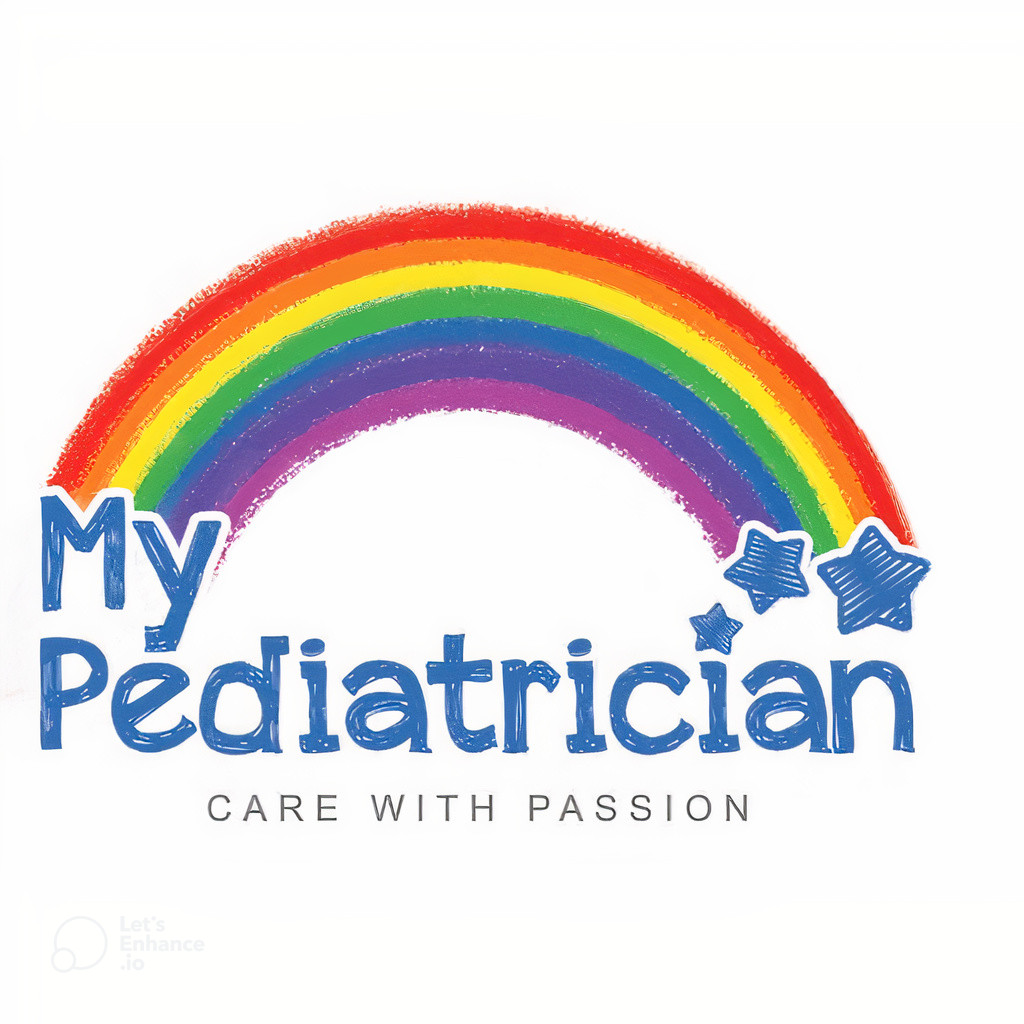For young minds, we live in very difficult and confusing times. Kids are naturally absorbing and intuitive about what they hear and see around them. You may not realize it, but the news that they watch, the protest that they hear outside the house, and the discussions that adults encounter, affect them. Parents should answer questions that children may have. However, having a discussion with kids about racism can be a difficult matter.
Some parents have concerns about exposing their children’s minds to issues of discrimination and racism at an early age. Others do not feel comfortable discussing it because they, as a grown-up, are not sure it is something to talk about.
Unfortunately, there is no “one-size-fits-all” solution to this dilemma when talking about racism to children. How the children respond to a serious discussion will vary with each age. Every child at every age has a different level of intellect. It would be best if you worked based on your child’s ability to reason. Ideally, if you have a child who is old enough to understand and take seriously what you say, you can bring them to their attention by educating them about racism and discrimination. Perhaps the age of five is a great start for your kid, if you don’t, give them a few months. If your child is mature enough at the age of four, you might be able to give it a go right away.
A Guide on How to Talk to Your Kid About Racism by Age
Children Under Five Years
1- Recognize the difference and celebrate it
If your child has noticed a difference in the color of the skin in the people around you, you can acknowledge it and show acceptance of the difference. Point out things that are similar in people of all colors and make them acceptable and normal. We’re all human, and each one of us is unique-it’s wonderful and it’s a blessing.
2 – Encourage them to ask questions
Make your child feel comfortable enough to ask questions. Never shush them when they address their curiosity to observe the difference in color. If you silence them, they ‘re going to believe that it’s something unacceptable or that it’s a taboo. This instills an unconscious feeling of racism that is going to grow over time.
3 – Talk about fairness
Educate your child about the need to be fair to other people, regardless of race and color. Explain that racism or discrimination is unjust and not something that you approve of in his or her nature.
Children 6-11 Years
Kids of this age are keen to talk about how they feel and want to answer questions. They absorb information and want to share it as well. So, start by asking them what they already understand about the topic. Talking to children about racism can be easier at this age.
1 – Show your curiosity
Engage your child by showing your eagerness to listen and by asking them questions. Ask what they’ve heard or learned in school, on social media, or television.
2 – Discuss media
Children in this age group are familiar with social media and other platforms. They read and can understand conversations. Explore ideas that are stereotypical and racial by asking questions like – “Why are some people villains and others are not?”
3 – Explain with details
Talk openly with your children. Be honest about the diversity that surrounds them and try to build trust. Encourage your child to come to you when they feel worried or concerned about someone’s mistreatment of different people. Build trust so that you can engage them on the sensitive issue of race difference and acceptance.
Children 12+ Years
Talking to kids about racism in their teens can be daunting depending on the nature of your young adult. The good news is that teenagers understand things clearly and are better at expressing their thoughts and feelings. First, you need to know how they feel about racism and discrimination. Once you start the discussion, focus on the following:
1 – Knowing their thoughts
Learn what your child understands about racism and discrimination. Ask what they’ve heard from friends, social media, or news.
2 – Ask questions
To keep the conversation going, ask educational questions that keep the discussion going until you make your point clear. Engage them in discussions by taking the best approach you know will work for your teenager.
3 – Encourage some action
Some teenagers are going to start to use social media at this age. Encourage them to use social media as a means of making their acceptance and openness to races clear to their peers. Let them get involved and try to make a positive difference. This is the age when they feel they can make a difference, so promote that type of behavior.
Celebrate Diversity
Try to teach your children to accept diversity in culture and ethnicity. Talk about reducing or eliminating prejudice and encourage them to make cross-group friends. Read or narrate interesting stories in which good guys accept and consider people of all races with open arms. Kids like having role models to follow while they’re growing up.
Be a Good Example for Your Kids
As parents, there is no better role model for your children than you. You need to practice what you preach before you start talking about racism with your children. Help your child recognize the beauty of human diversity by being a good example of yourself and treating people around you with love and acceptance.
Demonstrate kindness and respect for all.

